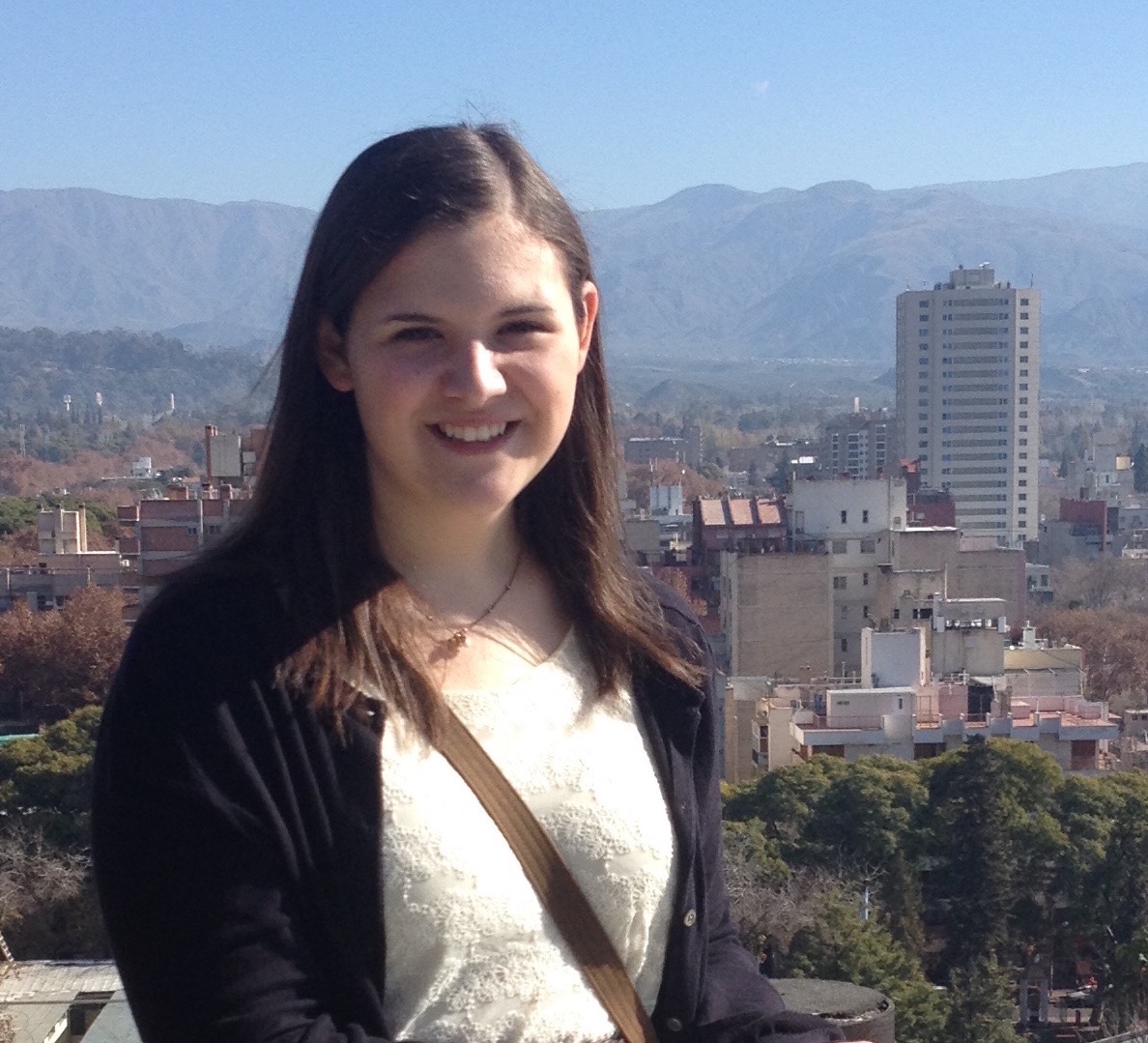Celebration of Scholars
Thematic Curation in Museums Today
 Name:
Marisa Matheson
Name:
Marisa Matheson
Major: Art History and Spanish
Hometown: Maple Grove, MN
Faculty Sponsor:
Other Sponsors:
Type of research: Senior thesis
